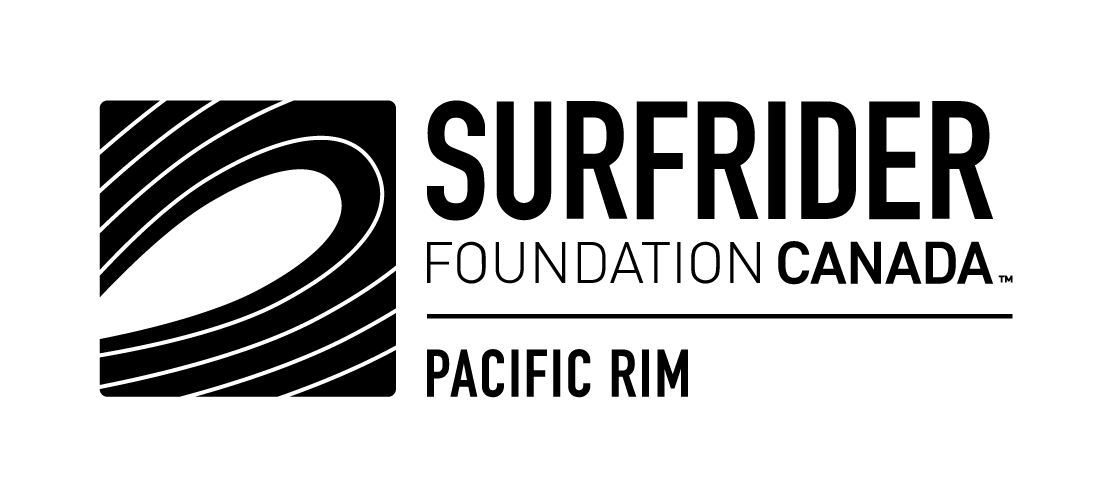The Problem with Plastic Part One: Production
This is the first of a three part series examining the Plastic Problem.
Happy Plastic Free July! People around the world dedicate this month to taking stock of, and reducing, the excessive use of plastic in our everyday lives. Here at Surfrider Pacific Rim, we’re also dedicating this month to learning more about the bigger issues surrounding the Plastic Problem; most of us coastal dwellers are very aware of the marine debris crisis, and people all over the world have seen images of the seahorse holding a Q-Tip, watched videos of turtles entangled in ghost fishing gear, or read news stories about beached whales with stomachs full of plastic. However, these more visible consequences of the plastic problem are just the tip of the proverbial iceberg. Over the next couple of weeks, we invite you to join us on our journey to dig a little deeper into the nefarious and far-reaching impacts of plastic production, consumption, and disposal.
Let’s start at the very beginning…
FRACKING
Huffington Post Image
The main ingredient of plastic is found a couple of miles underground, trapped in shale rock. This fossil fuel is accessed via a process called Fracking, which involves injecting huge amounts of water and toxic chemicals underground. Many wells are located in regions which routinely experience water shortages, and the millions of gallons of water needed per well put strain on already dwindling domestic water supplies. This exacerbates droughts, in extreme cases leading some small communities to dry up completely. Furthermore, this process has been shown to contaminate groundwater, leading to a toxic mix of chemicals with deleterious health effects entering the water supply. This has disastrous consequences for the health of surrounding communities, reinforcing issues of environmental injustice as these facilities are laregely located in rural areas with lower incomes, high economic stress, and communities of colour.
For more information about the environmental impact of Fracking, check out the resources below:
General information - Fracking chemicals and health - Fracking and drought - Environmental injustice
PIPELINES
Huffington Post Image
Once the fuel has been extracted, it needs to be transported. Oil and gas are pumped through pipelines which are subject to leakage and rupture, resulting in fires, explosions, loss of life and catastrophic environmental harm. Moreover, pipeline construction destroys the land en route with little regard for its cultural and ecological significance. The ramifications of this disproportionately affect indigenous communities.
For more information about pipeline risks, check out the resources below:
ETHANE CRACKERS & OIL REFINERIES
Photo: enr.com
This is where oil or gas is transformed into plastic resin. The toxic chemicals belched into the air as a result of this process have been shown to cause a whole host of health problems, including asthma, cancer, cardiovascular problems, and childhood leukemia. The fenceline communities living with this pollution are paying the human cost of the plastic industry’s profit. Again, these plants, and their pollution, disproportionately affect rural communities and communities of colour.
For more information about plastics processing, check out the resources below:
General Information - Ethane Cracker FAQ - Health Issues - Pollution
CLIMATE CHANGE
Plastics produce greenhouse gases at every stage in their lifecycle, but nowhere is this more apparent than during production. The primary component of natural gas, the building block of plastic, is methane, a greenhouse gas which traps 86 times more heat than CO2 over a 20 year period. It is estimated that by 2050 greenhouse gas emissions from plastic could account for 13% of the entire remaining carbon budget. Clearly this isn’t sustainable, however as global demand for fuel begins to dwindle, oil and gas companies are increasingly invested in petrochemicals. The industry is set to grow to the tune of an investment of over $200 billion - making the $1.5 billion set aside for innovation in waste reduction seem somewhat tokenistic (read: greenwashing). Not only does expansion in this industry completely undermine any efforts to end the plastic pollution crisis, it also slows the transition to clean energy, threatening our capacity to minimise global warming to a livable degree.
For more information about plastic production as a Climate issue, check out the resources below:
Natural gas - Methane Emissions - Plastic and Climate Report
WHAT CAN YOU DO?
Plastic production is demonstrably harmful to human and planetary health. Whilst making better choices about personal consumption is admirable, we must also bear in mind that this crisis isn’t created - nor experienced - equally; switching to a reusable water bottle might seem simple to some, but imagine how complicated that choice becomes if you live in a community whose tap water has been contaminated, or used up, by fracking. Environmental injustice is rife within the plastics industry - from production, to marketing, to waste management and the inevitable environmental pollution - and tackling the root of this issue requires systemic change. At Surfrider Pacific Rim, we know it takes a village to make change happen; that’s why we work with businesses, schools, teachers, students, individuals, community groups, and all levels of government to ensure our community is informed, aware, and equipped to make change. We use the data we collect on the ground to inform our work to influence legislation and industrial reform. Join our team of dedicated volunteers, or support our work with a donation today.






